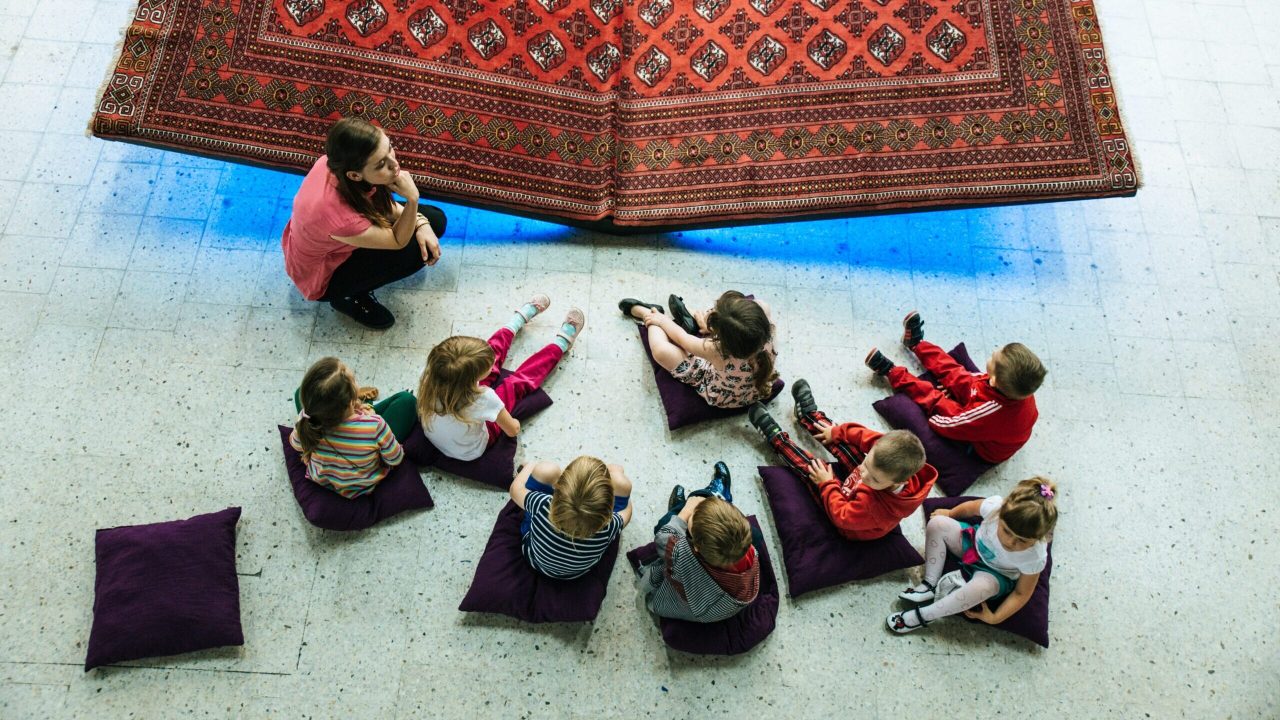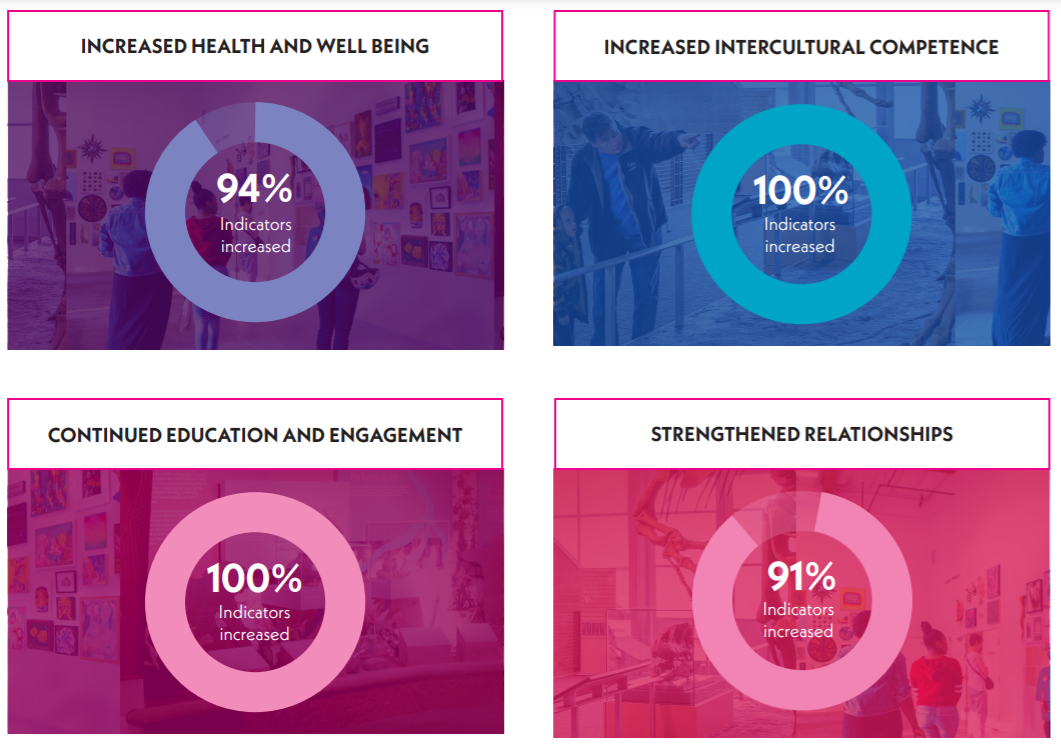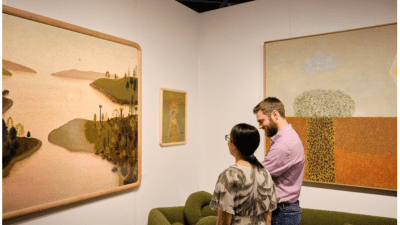
At this pivotal time in history, advocating for museums, their staff, and their collections is more important than ever. To do that successfully, though, we need to be able to demonstrate impact on visitors and communities. But while we can readily present data on educational and economic impact, a third dimension is harder to provide evidence for: social impact.
Over the last couple decades, after Stephen Weil wrote about the need to document “the myriad and beneficial outcomes that may occur for…individual visitors and have impact on the community beyond,” research has explored topics like identity-related motivations behind why people visit museums (Falk 2006), what happens during the museum visit (e.g., Falk and Dierking 2013), and the overall impact of museums on individuals and neighborhoods (e.g., Scott 2003; Sheppard 2014). But we still do not fully understand the impact on variables that contribute to improved communities.
A new national project, Measurement of Museum Social Impact (MOMSI), is determined to change that, and we are seeking museums to help make it happen. Read on to find out more about our project and how you can get involved. [Editor’s note: Applications to join the project are now closed. Follow the MOMSI website for updates on its progress, or email Michelle@museumsocialimpact.org with inquires.]
Social Impact
Social impact can be defined as the effect of an activity on the social fabric of a community and the well-being of the individuals and families who live there. Compared to the norm among museums and their funding sources of basing impact on “how many” questions (i.e., “how many people were reached?”) or economic outcomes (Berger, Penna, and Goldberg 2010), measuring social impact forces a deeper, more meaningful conversation. Social impact addresses how museums may strengthen a community through education and lifelong learning, helping visitors understand multiple perspectives, and emphasizing the importance of taking care of oneself and others. These facets become the long-term outcomes of social impact as we are measuring it, and are further defined below.
Health and Wellbeing: This outcome is measured through statements regarding physical health, such as diet and exercise habits, along with mental and emotional health. It recognizes that museums are restorative spaces and are places of community activities.
Example indicator statements for health and wellbeing:
- I am confident in my ability to be successful in the future.
- I often feel fatigued.
- I am adventurous, trying out new experiences.
Intercultural Competence: Visiting museums expands awareness of cultures and ways of life. This outcome is measured by understanding empathy, connection to community, personal strengths and limitations, and perspective of self and others.
Example indicator statements for intercultural competence:
- I learn new things from people that are different from me.
- I have a selfless concern for the wellbeing of others.
- I understand how cultures are similar and different.
Continued Education and Engagement: Learning occurs across various spaces and time, including in museums and through the programs they offer. This outcome is measured by understanding in what ways wonder, curiosity, and interest are stimulated in museum visitors.
Example indicator statements for continued education and engagement:
- I wonder about how things work.
- My mind is actively engaged in new ideas.
- I regularly visit local museums (could also include zoos, gardens, and aquariums).
Strengthened Relationships: This outcome strives to understand the positive interactions people have with others. It is measured through statements about social and family relationships, the bond between people, and the ways in which relationships are nurtured.
Example indicator statements for strengthened relationships:
- I keep my commitments to others.
- I know my friends and/or family members’ life aspirations.
- I enjoy spending time with my friends and/or family.
Measuring Social Impact—A Utah Pilot
The roots of our project began in 2015-2016, when researchers completed a social impact pilot study at Thanksgiving Point, a nonprofit farm, garden, and museum complex in Lehi, Utah. Given the success of this project, Thanksgiving Point partnered with the Utah Division of Arts and Museums to pilot a statewide social impact study in 2017-2018.
Eight museums participated in the Utah study, representing a diversity of content areas (including arts, natural history, gardens, and a zoo), institutional sizes, and locations. The museums recruited visitors—both new to the museum and not—to participate in the study.
Researchers asked participating visitors to visit one of the selected museums on three separate occasions during the study period, and then complete a survey designed to measure social impact (see example statements above).
The results revealed that visitors who completed the survey reported a statistically significant increase in each of the four major outcomes after their visits.

In an open feedback section of the survey, one participant explained, “I felt more patient with my children. I was able to spend time with them and enjoy learning with them, and that was a definite positive change in how I interact with others.” Another responded, “I feel more open to communicating about various scientific things.”
The museums reported that participating in the study not only elucidated their social impact, but helped them to develop new programming and inform master and strategic plans. For instance, one museum said, “We’ve made adjustments in our exhibits to try and be more culturally inclusive.”
Like every applied research project, the Utah statewide social impact study ended with lessons learned and implications for the individual participating museums. You can explore the full report and findings here.
Scaling Up
In 2020, the Utah Division of Arts & Museums and Thanksgiving Point were awarded a National Leadership Grant from IMLS to support Measurement of Museum Social Impact (MOMSI). MOMSI will work to scale up the Utah study to a national level, addressing the critical need to establish best practices for measuring social impact within the museum field.
The Utah study allowed the research team to test training methods, research methods, and the social impact instrument across a variety of museums and communities.
Working with thirty museums across the United States, MOMSI will generate data about the social impact of museums generally and the impact of participating museums on individuals in their communities, while increasing the capacity for museums to address this need independently in the future. When museums can articulate their social impact, they can improve internal practices and leverage funding to continue this kind of socially strengthening work.
References:
- Falk, John H. 2006. “An Identity‐Centered Approach to Understanding Museum Learning.” Curator: The Museum Journal 49: 151-166. https://doi.org/10.1111/j.2151-6952.2006.tb00209.x.
- Falk, John H., and Lynn D. Dierking. 2013. The Museum Experience Revisited. Walnut Creek, CA: Left Coast Press.
- Scott, Carol. 2003. “Museums and Impact.” Curator: The Museum Journal 46: 293-310. https://doi/10.1111/j.2151-6952.2003.tb00096.x.
- Sheppard, Stephen. 2014. “Museums in the neighborhood: the local economic impact of museums.” In Handbook of Industry Studies and Economic Geography, edited by Frank Giarratani, Geoffrey J.D. Hewings, and Philip McCann, 191-204. Cheltenham: Edward Elgar Publishing.
- Weil, Stephen E. 2003. “Beyond Big & Awesome Outcome-Based Evaluation.” Museum News, November/December, 2003: 40-45, 52-53.









Michelle, what a great project; can’t wait to see what you find from the field!